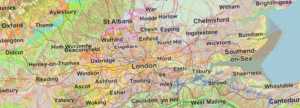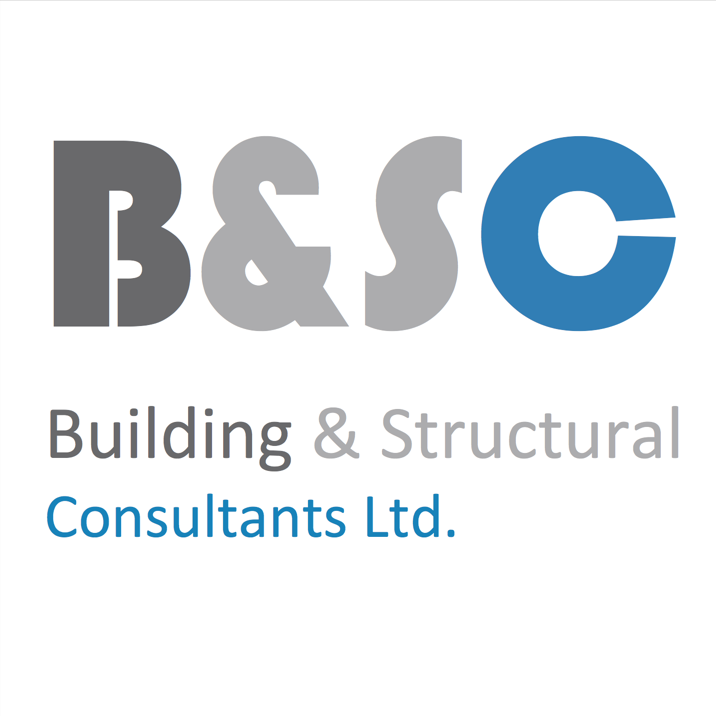Root-induced subsidence occurs in shrinkable soils, which are mainly clays, or clay-based matrixes.
In the UK there are a great deal of different soil types, and layers of differing soils. We need to differentiate between bedrock (i.e. the main older ground type forming the earth’s crust), superficial deposits (i.e. soils laid down on top of the bedrock over time – which can be many metres thick), and topsoil (i.e. decayed organic matter usually within the top 0.5m or so). Occasionally there are no superficial deposits and the topsoil is directly on the bedrock, and in some areas (such as the Burran in Western Ireland), there is not even any topsoil – just rock.
Topsoil and bedrock are rarely shrinkable so it is the superficial deposits with which we are concerned when assessing the risk of root-induced subsidence. So where are the risk areas?
London clay; This is one of the most highly shrinkable clays and is found (as the name suggests) in the London area, but also to the east and west of London too. Within the general London clay area, there are many deposits of less shrinkable material on top of the clay, so that the clay is too deep below the surface to be affected by tree roots. Around the edges of such areas, however, there is often found a mixture of such deposits and the underlying clay.

To the west of London, the clay is usually found near the surface in and around the towns of Newberry & Reading (Berkshire), Wokingham, north Guildford, Leatherhead, Epsom & Ewell and Chessington (Surrey). In the south London area, it is in Croydon, Wimbledon, Bromley, Catford, Sidcup, Clapham, Wimbledon, Streatham, Sydenham, Lewisham and Bexleyheath.
It is extensively found across North London, in Uxbridge, Ruislip, Northolt, Wembley, Harrow, Edgware, Willesden, Brent, Hendon, Colindale, Mill Hill, Barnet, Borehamwood, Elstree, Potters Bar, Finchley, Southgate, Wood Green, Hornsey, Holloway, Camden Town, Kilburn, Maida Vale, Kensington, Stamford Hill, Edmonton, Enfield, Walthamstow, Leytonstone, Wanstead, Chingford, Woodford, Buckhurst Hill, Loughton, Hainault, Romford, Ilford, Hornchurch and Upminster.
It is found extensively across southern Essex, in Brentwood, Stanford-le-Hope, Basildon, Benfleet, Rayleigh, Leigh-on-Sea, Southend-on-Sea, Wickford, Billericay, South Woodham Ferrers, Chelmsford, and Maldon.
There are also some deposits in north Kent (north of the North Downs), such as in Herne Bay and Whitstable.
Elsewhere, London clay exists but mainly buried deep beneath extensive superficial glacial deposits. However, in river valleys these deposits have been eroded so the underlying clay has become exposed near the surface and poses a subsidence risk.
We will discuss these glacial deposits in the next part 2 of this blog.
Bob Gibson, FFPWS – Subsidence Consultant, Structural Engineer, Building Surveyor
B&SC – director


